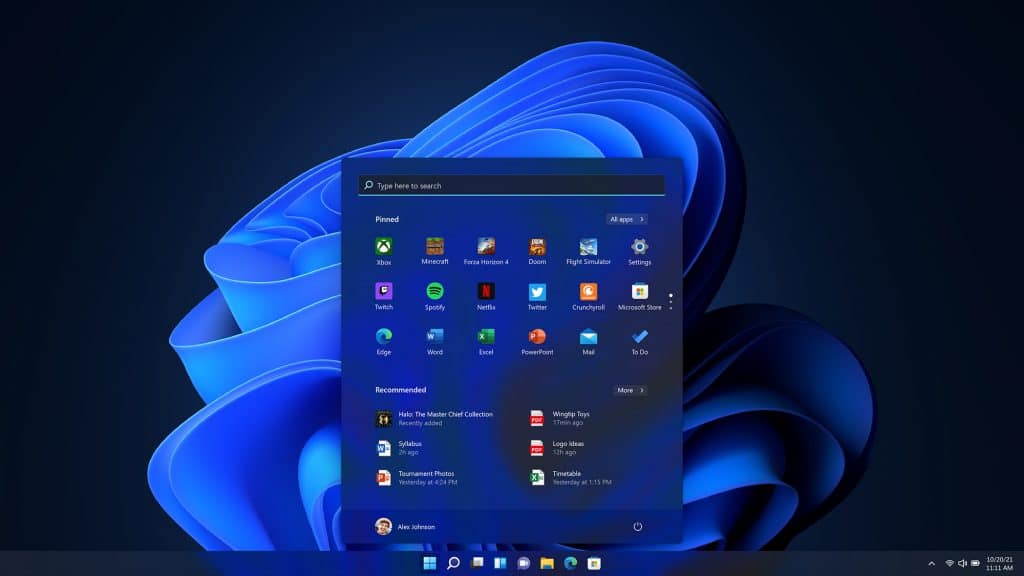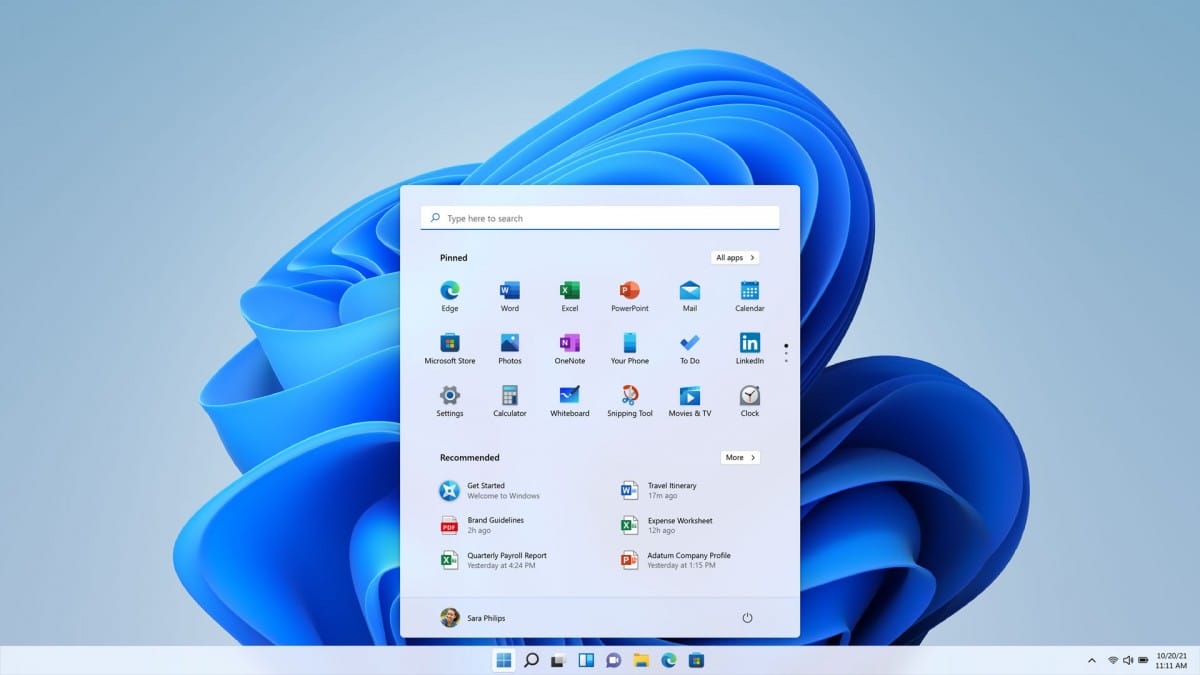Microsoft Windows 11 PRO Product Key #BUDGET #WINDOWS #BESTPRICE #STUFF4PC
₱499.00 – ₱1,999.00
 |
System requirementsThese are the minimum system requirements for installing Windows 11 on a PC. If your device does not meet these requirements, you may not be able to install Windows 11 on your device and might want to consider purchasing a new PC. If you are unsure whether your PC meets these requirements, you can check with your PC Original Equipment Manufacturer (OEM) or, if your device is already running Windows 10, you can use the PC Health Check app to assess compatibility. Note that this app does not check for graphics card or display, as most compatible devices will meet those requirements listed below. Your device must be running Windows 10, version 2004 or later, to upgrade. Free updates are available through Windows Update in Settings>Update and Security. |
|---|---|
| Processor | 1 gigahertz (GHz) or faster with 2 or more cores on a compatible 64-bit processor or System on a Chip (SoC). |
| RAM | 4 gigabyte (GB). |
| Storage | 64 GB or larger storage device Note: See below under “More information on storage space to keep Windows 11 up-to-date” for more details. |
| System firmware | UEFI, Secure Boot capable. Check here for information on how your PC might be able to meet this requirement. |
| TPM | Trusted Platform Module (TPM) version 2.0. Check here for instructions on how your PC might be enabled to meet this requirement. |
| Graphics card | Compatible with DirectX 12 or later with WDDM 2.0 driver. |
| Display | High definition (720p) display that is greater than 9” diagonally, 8 bits per colour channel. |
| Internet connection and Microsoft account | Windows 11 Home edition requires internet connectivity and a Microsoft account. Switching a device out of Windows 11 Home in S mode also requires internet connectivity. Learn more about S mode here. For all Windows 11 editions, internet access is required to perform updates and to download and take advantage of some features. A Microsoft account is required for some features. |
Certain features require specific hardware. System requirements to run some apps will exceed the Windows 11 minimum device specifications. Check device compatibility information specific to the apps you want to install. Available storage on your device will vary based on installed apps and updates. Performance will scale with higher end, more capable PCs. Additional requirements may apply over time and for updates.
 |
Feature-specific requirements for Windows 11Some features in Windows 11 have increased requirements beyond those listed above in the minimum requirements section. Below are some additional details regarding requirements for key features: |
|---|---|
| (not yet released) Windows Subsystem for Android™ |
Apps available at Amazon Appstore. Additional requirements anticipated and will be communicated as the product is rolled out to select geographies. |
| 5G support | requires 5G capable modem where available. |
| Auto HDR | requires an HDR monitor. |
| BitLocker to Go | requires a USB flash drive (available in Windows Pro and above editions). |
| Client Hyper-V | requires a processor with second level address translation (SLAT) capabilities (available in Windows Pro and above editions). |
| Cortana | requires a microphone and speaker and is currently available on Windows 11 for Australia, Brazil, Canada, China, France, Germany, India, Italy, Japan, Mexico, Spain, United Kingdom and United States. |
| DirectStorage | requires 1 TB or greater NVMe SSD to store and run games that use the “Standard NVM Express Controller” driver and a DirectX 12 Ultimate GPU. |
| DirectX 12 Ultimate | is available with supported games and graphics chips. |
| Presence | requires sensor that can detect human distance from device or intent to interact with device. |
| Intelligent Video Conferencing | requires video camera, microphone and speaker (audio output). |
| Multiple Voice Assistant (MVA) | requires a microphone and speaker. |
| Snap | three-column layouts requires a screen that is 1920 effective pixels or greater in width. |
| Mute/Unmute from Taskbar | requires video camera, microphone and speaker (audio output). App must be compatible with feature to enable global mute/unmute. |
| Spatial Sound | requires supporting hardware and software. |
| Microsoft Teams | requires video camera, microphone and speaker (audio output). |
| Touch | requires a screen or monitor that supports multi-touch. |
| Two-factor Authentication | requires use of PIN, biometric (fingerprint reader or illuminated infrared camera), or a phone with WiFi or Bluetooth capabilities. |
| Voice Typing | requires a PC with a microphone. |
| Wake on Voice | requires Modern Standby power model and microphone. |
| WiFi 6E | requires new WLAN IHV hardware and driver and a WiFi 6E capable AP/router. |
| Windows Hello | requires a camera configured for near infrared (IR) imaging or fingerprint reader for biometric authentication. Devices without biometric sensors can use Windows Hello with a PIN or portable Microsoft compatible security key. |
| Windows Projection | requires a display adapter which supports Windows Display Driver Model (WDDM) 2.0 and a WiFi adapter that supports WiFi Direct. |
| Xbox (app) | requires an Xbox Live account, which is not available in all regions. See Xbox Live Countries and Regions for the most up-to-date information on availability. Some features in the Xbox app will require an active Xbox Game Pass subscription (sold separately). Learn more about the pass. |
 |
Feature deprecations and removalsWhen upgrading to Windows 11 from Windows 10 or when installing an update to Windows 11, some features may be deprecated or removed. Please see below for information regarding some of the key features impacted: |
|---|---|
| Cortana | will no longer be included in the first boot experience or pinned to the Taskbar. |
| Desktop wallpaper | cannot be roamed to or from device when signed in with a Microsoft account. |
| Internet Explorer | documentation is disabled. Microsoft Edge browser is the recommended replacement and includes IE Mode, which may be useful in certain scenarios. |
| Management capabilities | for organizations to deliver customized Start and Taskbar experiences are limited:
|
| Maths Input Panel | is removed. Math Recognizer will install on demand and includes the maths input control and recogniser. Maths inking in apps like OneNote are not impacted by this change. |
| Multi-App Kiosk Mode | is not available. Windows 11 only supports the use of a single app in Kiosk Mode. |
| News & Interests | has evolved. New functionality has been added which can be found by clicking the Widgets icon on the Taskbar. |
| Quick Status | from the Lockscreen and associated settings are removed. |
| S Mode | is only available now for Windows 11 Home edition. |
| Search Results from the Internet | Windows 11 does not support disabling the return of internet Search results via Registry Key. The related Group Policy setting is not impacted by this change. |
| Snipping Tool and Snip and Sketch | have been merged into a single experience keeping the familiar Snipping Tool name. |
| Start | is significantly changed in Windows 11 including the following key deprecations and removals:
|
| Tablet Mode | is removed and new functionality and capability is included for keyboard attach and detach postures. |
| Taskbar | is changed including:
|
| Timeline | is removed. Some similar functionality is available in Microsoft Edge. |
| Touch Keyboard | will no longer dock and undock keyboard layouts on screen sizes 18 inches and larger. |
| Wallet | is removed. |
| Windows Deployment Services | is being partially deprecated. Please see this article for detailed information. |
| Windows Store for Business and Windows Store for Education | no longer include the Private Store tab. Please see this blog post for information on app deployment options. |
The following apps will not be removed on upgrade but will no longer be installed on new devices or when clean-installing Windows 11. They are available for download from the Store:
 |
Keeping Windows 11 up-to-dateAs part of the effort to continually improve the Windows experience, software updates and fixes are created and released. These updates are delivered to your device during the device’s supported lifecycle. |
|---|---|
|
Ensuring that your device is kept up-to-date is important for your device security and functionality. With an internet connection, Windows 11 will periodically check for updates so you don’t have to (ISP fees might apply). You can check to see if there are any pending or optional updates available for your device by going to Settings | Update & Security | Windows Update. It is important to ensure you have enough free storage space to install updates and you may need to check to see if your hardware is still supported by your Original Equipment Manufacturer (OEM). Visit the Lifecycle FAQ for Windows products More information on storage space requirements to keep Windows 11 up-to-date The size of the Windows operating system that comes with your device and the amount of free storage space needed to download and install Windows updates are highly variable as they depend on a variety of factors. Visit here to learn why. The factors that impact the amount of free space needed to take an update include: the versions of Windows previously installed on the machine; the amount of free storage space available from Windows files to reuse, such as the virtual memory pagefile or hibernation file; which applications are installed on your device; and how those applications store data. When updating, Windows will attempt to free up enough space automatically and to guide you through freeing up even more if the automatic clean-up is not sufficient. You can also take steps on your own to free up space. |
|
 |
Language versionsWindows 11 full localisation languages include: |
|
|---|---|---|
|
|
|
| Devices | 1, 5, 20 |
|---|
Related products
Windows
Windows





















